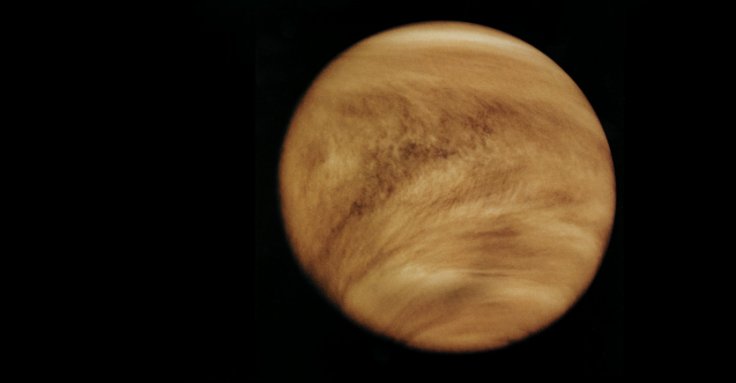
Venus is considered the hottest planet in our solar system and as per experts, it is now hotter than Mercury, the closest planet to the sun. Experts believe that Venus once had a similar environment like the earth and as a result, it might have once harboured life. Now, the National Aeronautics and Space Administration (NASA) is planning for a manned mission to the barren space body to discover whether life had ever existed on Venus in the past.
Modus Operandi of the upcoming Venus mission
The upcoming mission by NASA has been named HAVOC (High Altitude Venus Operational Concept). The mission aims to put an inflatable lab in the orbit of Venus above the clouds.
Initially, a rocket carrying the inflatable lab would be sent to the orbit of Venus. Once it reaches the destination, the inflatable lab will get separated from the rocket. The research station will later hover 50 kilometres above the acidic clouds of Venus, where researchers in the lab will analyze the planet and its clouds very closely.
"A lighter-than-air vehicle could carry either a host of instruments and probes or a habitat and ascent vehicle for a crew of two astronauts to explore Venus for up to a month. Such a mission would require less time to complete than a crewed Mars mission," NASA said in a statement, quoted by Express.co.uk.
Challenges to be faced during the Venus mission
The temperature which may go up to 460-degree Celsius will be one of the most crucial challenges NASA would face during the Venus mission. Volcanic activities are quite high on Venus and its thick heavy atmosphere is completely filled with carbon dioxide.
Apart from the atmospheric temperature, some other noted challenges NASA would face during the mission are inserting and inflating the airship at Venus and protecting the solar panels and the space lab from Sulphuric acid present in the barren planet's atmosphere.
Aliens living in Venus' clouds?
A month back, a research team led by Sanjay Limaye, a researcher at the University of Wisconsin–Madison had suggested that the clouds in Venus could be harbouring microbial alien life. As per Limaye, the dark patches present on Venus may indicate that microbial living forms might be living there.
"Looking forward, investigations into the actual habitability of Venus' clouds would ideally benefit from a mixture of an orbiter, lander, aeroplane/balloons, and sample return missions," said Sanjay Limaye.









